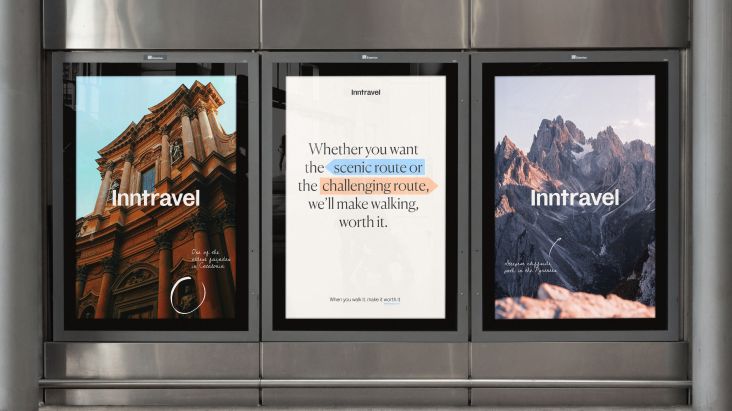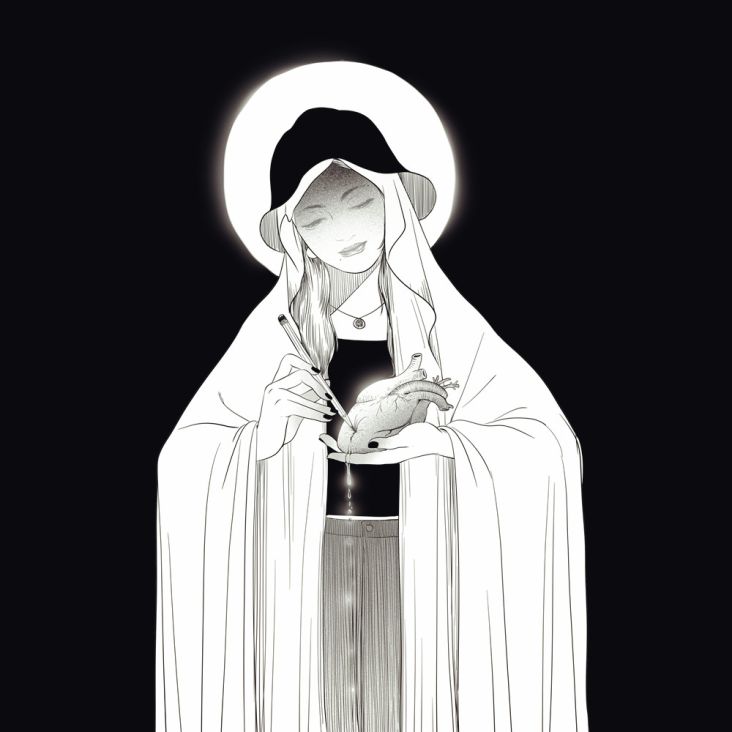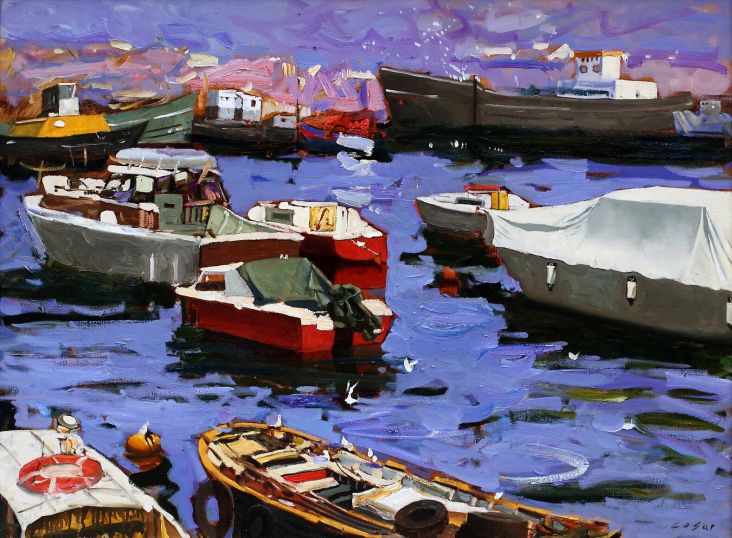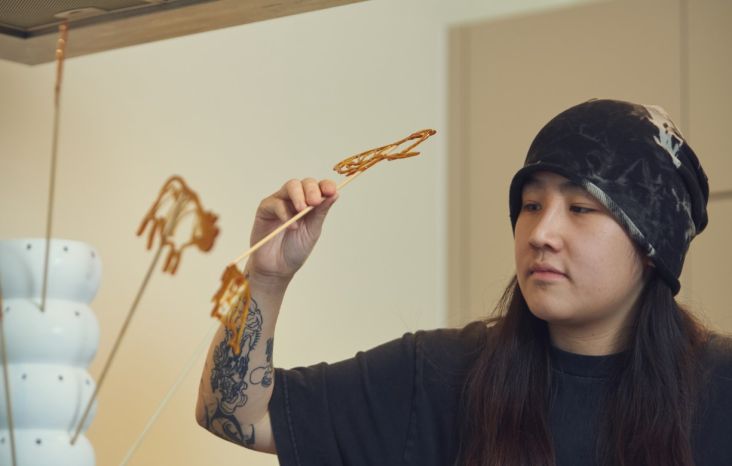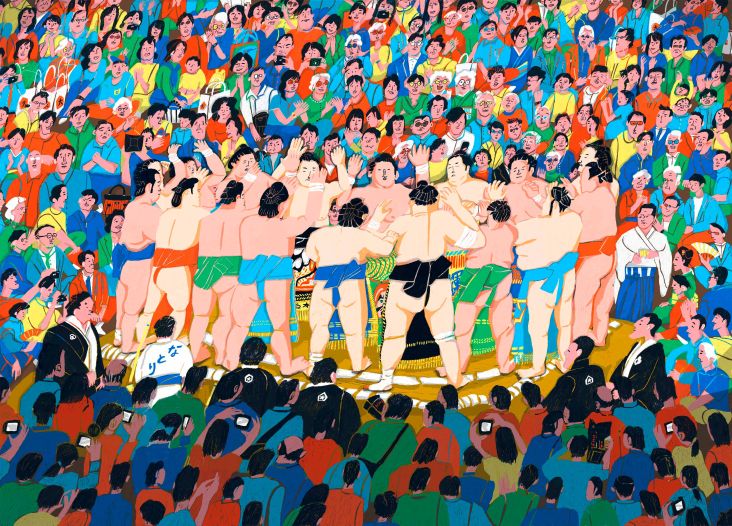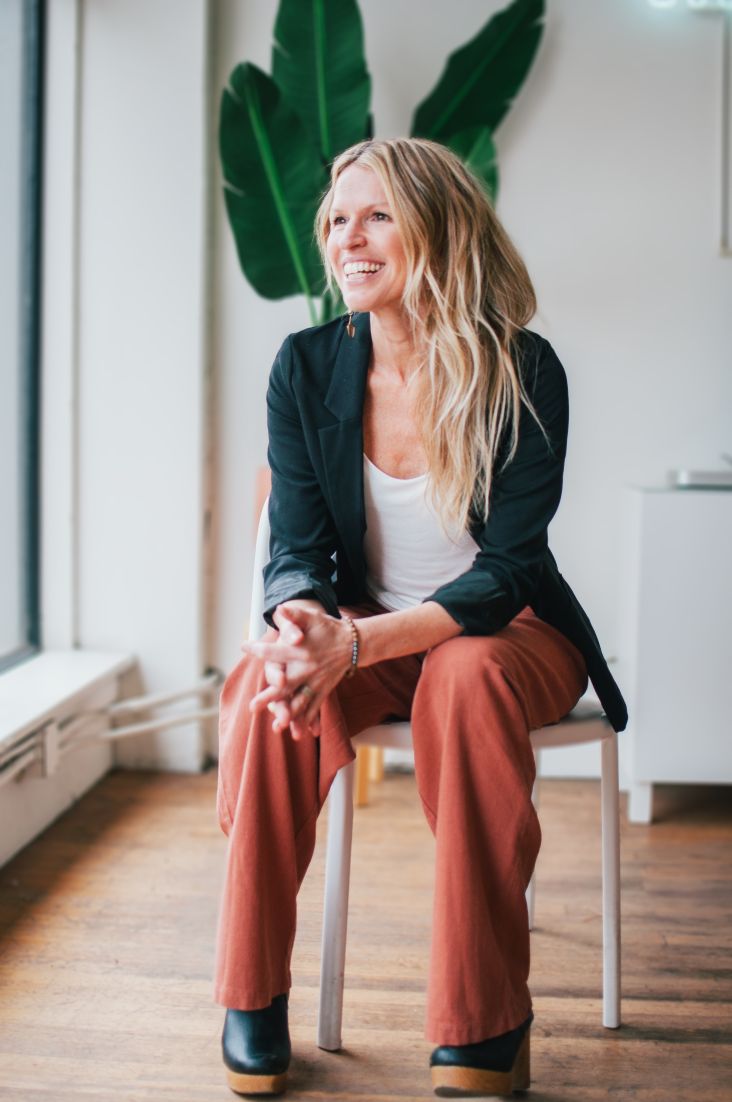Jen Yoon's AR illustrations adapt The Yellow Wallpaper for a modern audience
New York-based artist Jen Yoon has adapted Charlotte Perkins Gilman's classic short story The Yellow Wallpaper for a modern audience in her series of AR illustrations brought to life with Adobe Aero.
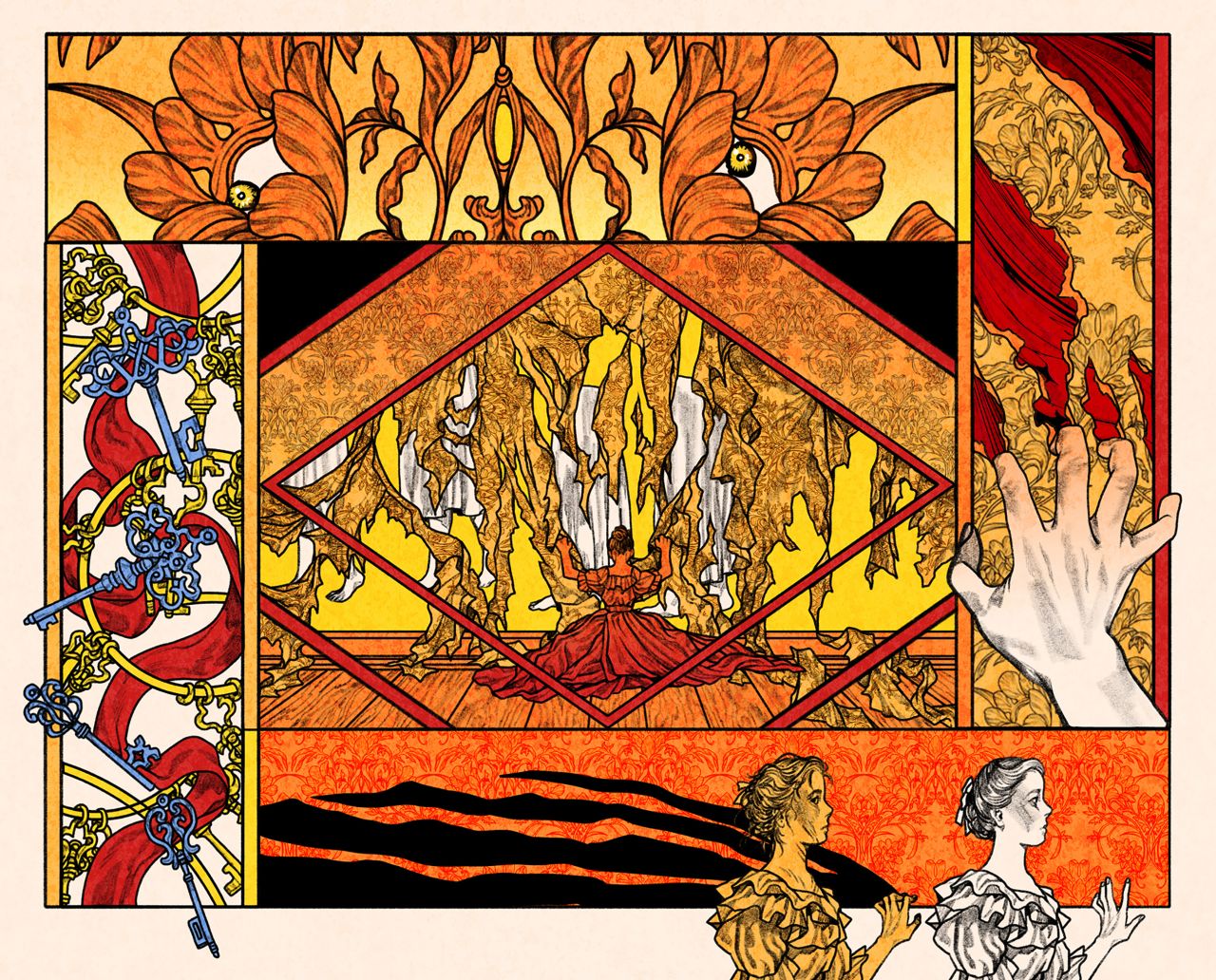
First written in 1892, Charlotte Perkins Gilman's short story The Yellow Wallpaper is a tale of psychological horror that charts a woman's descent into madness due to patriarchal oppression. It still resonates with readers today, including Korean illustrator Jen Yoon, who has created a new series of accompanying AR images.
Made for an MFA exhibition curated by Viktor Koen, a School of Visual Arts faculty member, these illustrations touch on themes of mental illness and gender inequality. "The main focus while working on this series was asking myself how to reinterpret this story for a modern audience," Jen tells Creative Boom.
"We live in a society with more options and choices than the protagonist's era. That's why I changed the story's ending, which I struggled to finalise, and changed sketches several times. Ultimately, I believe it gives the audience hope and positivity, which I wanted to achieve the most. Every cloud has a silver lining."
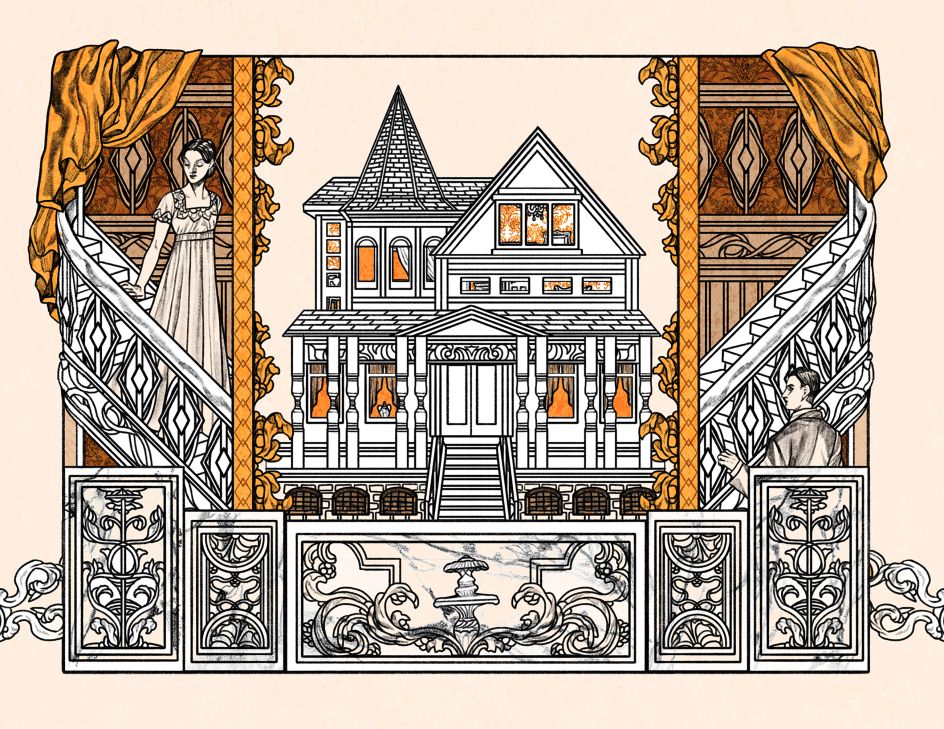
Viktor decided to adapt The Yellow Wallpaper because it offered a unique opportunity to tackle difficult topics. "Although The Yellow Wallpaper was published in 1892, it still resonated and reflected some parts of our lives," Jen adds.
"That was the first thing that caught my attention. Then, I was interested in the duality of the situation. Superficially, it seemed like a picture-perfect, flawless household, which was the total opposite of the protagonist's life. Those multiple layers of the story were perfect for me to experiment with the new AR technique."
Speaking of AR, each illustration is paired with a unique QR code. When scanned, the image can be placed anywhere, and viewers can watch as it moves and unfolds. "They have multiple layers of objects, constantly flying, hiding, or changing colours," Jen adds. The most interesting part of AR is that the background where you choose to play could change the feelings or narration of the story."
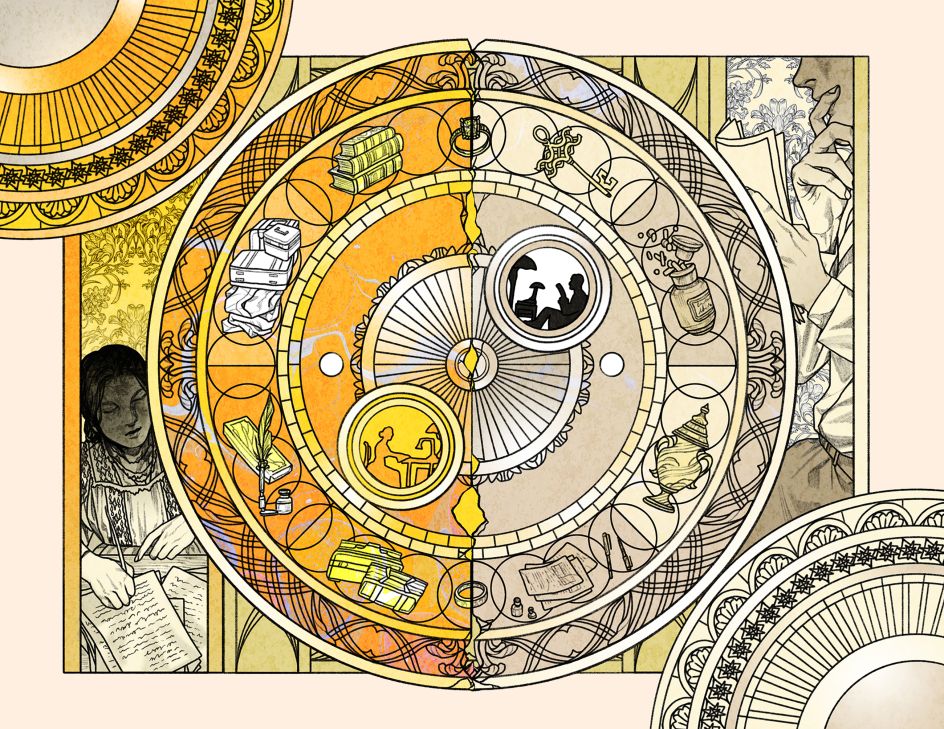
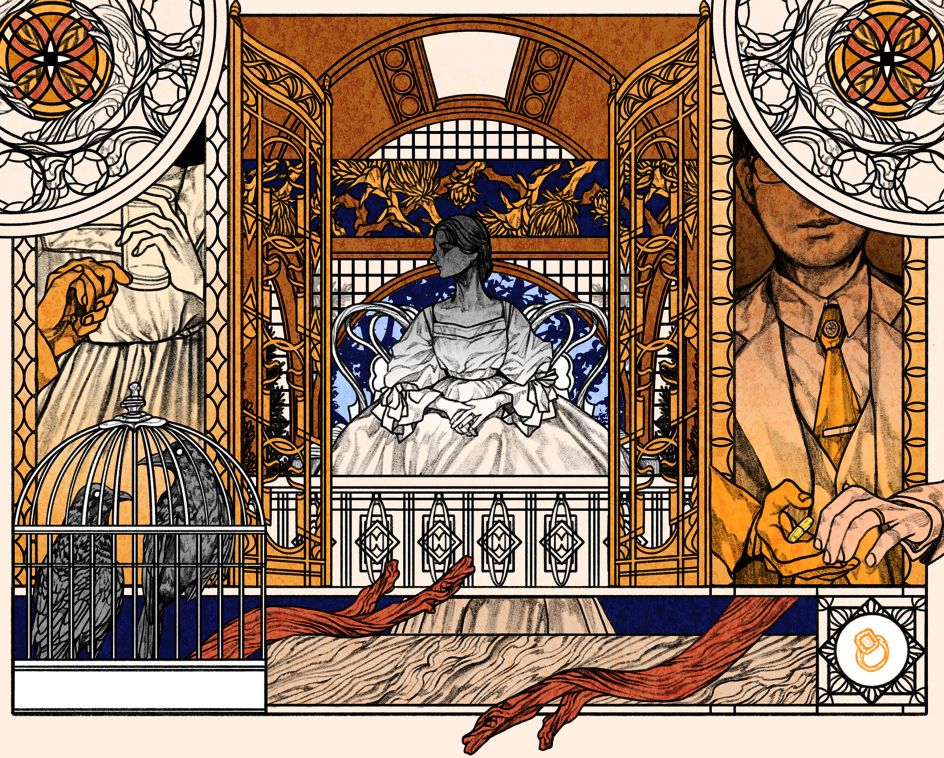
The idea of using AR for the exhibition originally came about due to the restrictions imposed by the pandemic. "It was almost impossible to invite other people to the gallery due to the limited access," Jen reveals. "So, I wanted to provide a special experience to the people who couldn't make it to the show in person. I shared the QR codes on my Instagram during the opening week."
It's not just AR that helps to tell the story, though. Jen also used colour to reflect the rising tension as the main character buckles under the expectations of gender conformity. Early illustrations in the series use a minimal palette, but as the plot progresses, they become more distinctive. "By the climax, red becomes the key colour, and I use vigorous, vibrant and saturated palettes."
This approach provides a sense of immediacy, which works hand-in-hand with Jen's more subtle line drawings. "I prefer using colours to deliver the first impression to the audience," she says. "That's why I stick to one or two important key colours for each illustration."
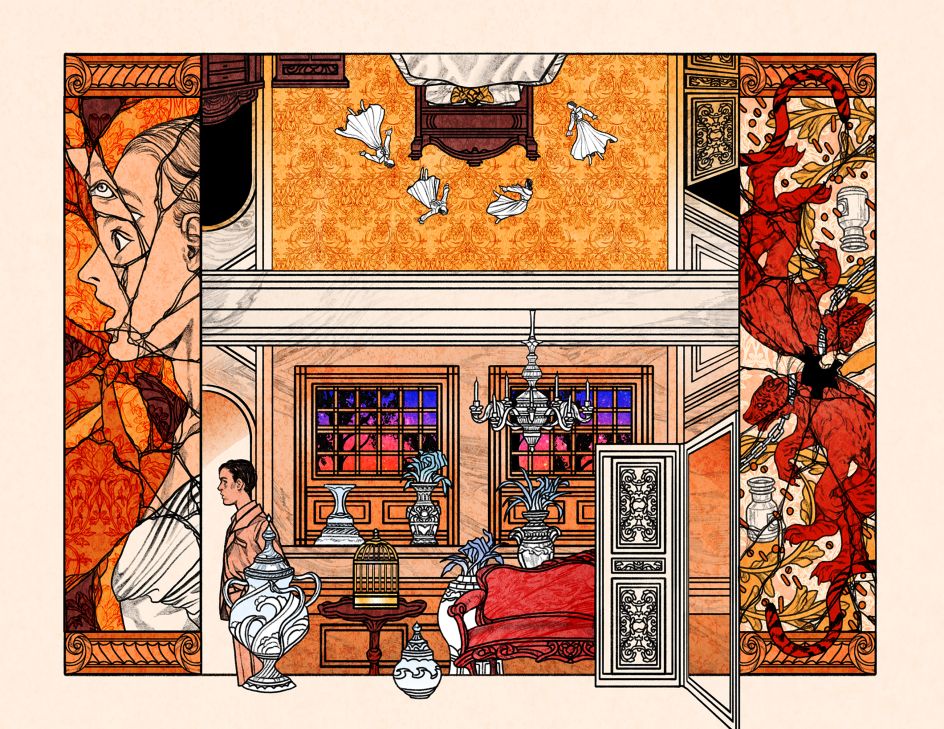
Working in AR posed its own set of challenges for Jen, though. Adapting to Adobe Aero in such a short time proved to be a big hurdle, but thanks to the help of SVA MFA professor Matthew Richmond and YouTube tutorials, she could dive into it.
"At first, it took forever to render the first AR," she concludes. "I had to redo it for a few days until I found the perfect effect and timing for the illustration. Eventually, time corrects everything. The last one took only a day to create an AR version.
"I'm really thankful I had a chance to learn AR in that class. It is such a nice way to engage an audience. I have an upcoming thesis show in May 2024, and I'm definitely going to add AR experience to that show, too, which will incorporate ceramic objects."
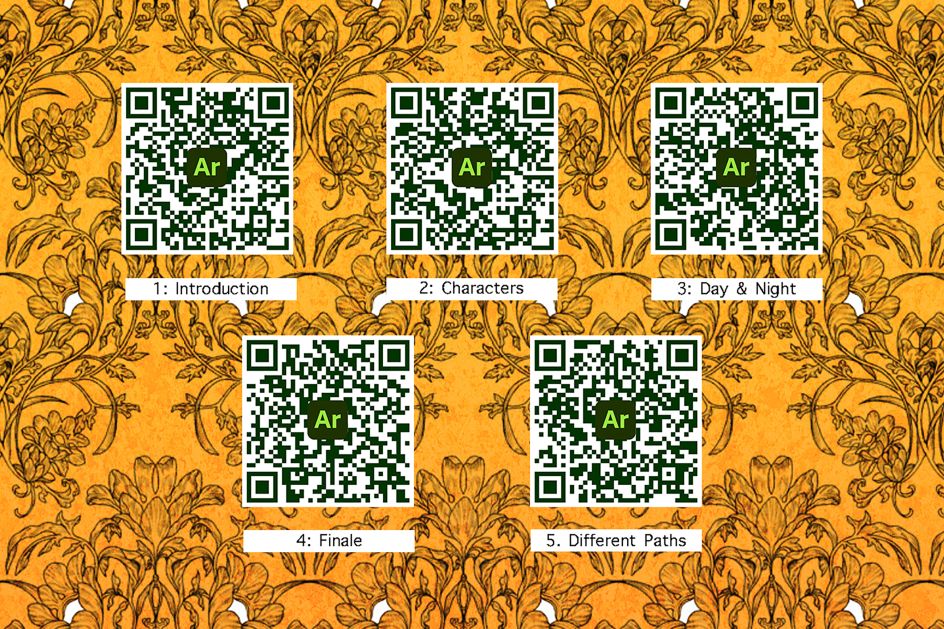




 by Tüpokompanii](https://www.creativeboom.com/upload/articles/58/58684538770fb5b428dc1882f7a732f153500153_732.jpg)


 using <a href="https://www.ohnotype.co/fonts/obviously" target="_blank">Obviously</a> by Oh No Type Co., Art Director, Brand & Creative—Spotify](https://www.creativeboom.com/upload/articles/6e/6ed31eddc26fa563f213fc76d6993dab9231ffe4_732.jpg)








